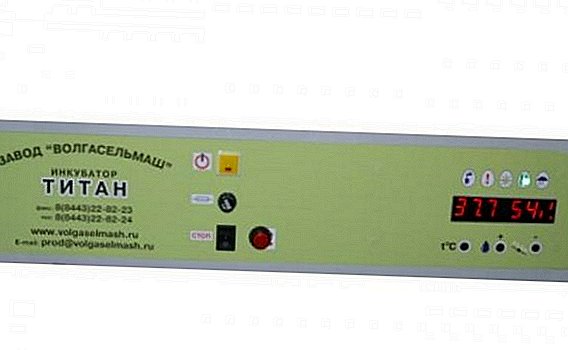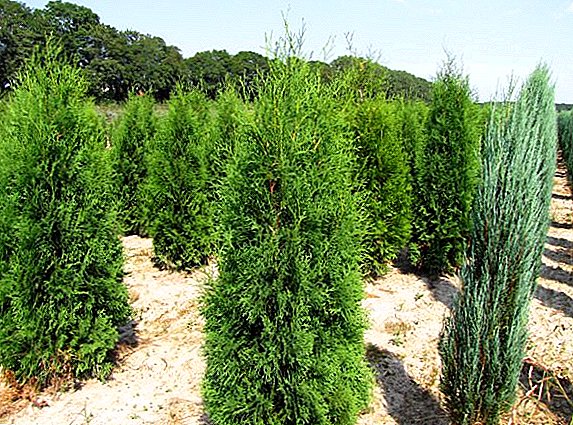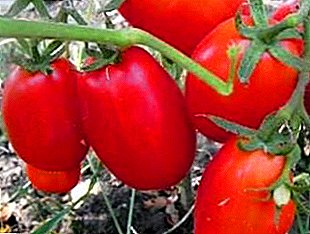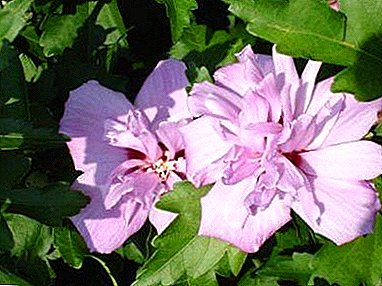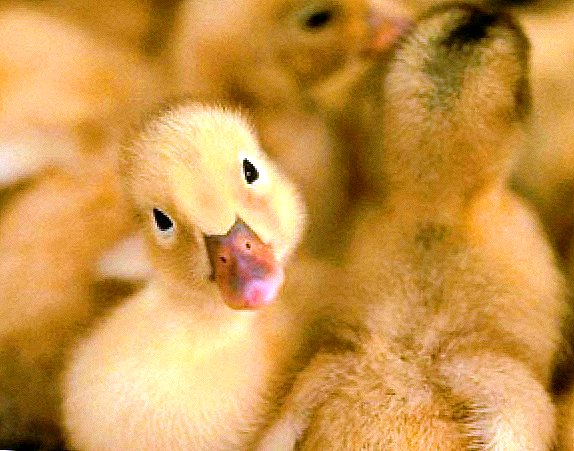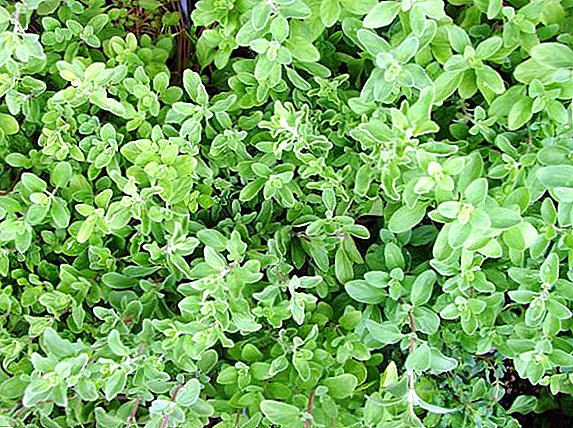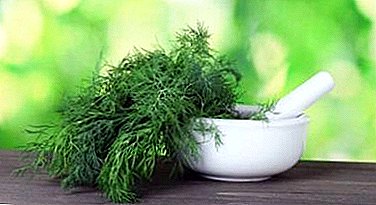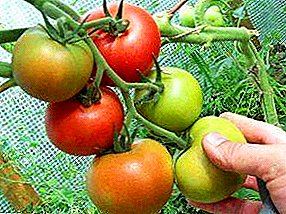
Growing tomatoes all year round is quite possible! To do this, you need to equip a heated greenhouse and find time to care for plants.
To get the first harvest for the New Year holidays, sowing seeds for seedlings should be in September or October. At this time it will be necessary use additional lightingbecause there will be very little natural.
When sowing seeds in November, the main development of the bushes will be in January and February, and the first fruits will be closer to spring. But the light period will begin to increase, allowing you to reduce the cost of artificial doshochivanie.
Greenhouse requirements
How to grow tomatoes in the greenhouse all year round? For growing vegetables, and in particular, tomatoes, need a warm and bright greenhouse. It should be made of thick glass or polycarbonate with a thickness of at least 4.5-5 mm. It is not recommended to make too high greenhouses, in such heat it will go up and accumulate around the ceiling.
Around the perimeter heat insulation must be equipped from expanded clay to protect plants in the period of strong prolonged cold. Frame jumpers must be positioned longitudinally at a distance of 75-90 cm from each other. This design will help to avoid damage to the walls during heavy snowfall.
A greenhouse for growing tomatoes all year round should not be simply on the ground! Its recommended set up on a wooden platform from thick bars. In addition, you want to make a concrete base, on top of which lay the foam. Otherwise, the plants may freeze when the soil is very cold.
The greenhouse must be equipped with good lighting and heating. For backlighting usually sodium and fluorescent lamps are used. How to locate a greenhouse on the plot, read on our website.
 In the autumn the room must be prepared:
In the autumn the room must be prepared:
- Remove dirt and debris from the greenhouse.
- Check all electrical appliances, plumbing, troubleshoot and repair.
- Everything surface sanitized a solution of potassium permanganate. You can fumigate the room with gray drafts.
Suitable varieties
When choosing varieties, preference should be given to those that meet certain requirements:
- indeterminacy. Bushes can be started to grow up, using the maximum area of the room;
- high yield;
- early and very early terms of fruit ripening;
- excellent taste properties;
- high resistance to various diseases and the attack of harmful insects;
- long keeping
Hurricane - high-yielding, early ripe grade. Versatile in use, has excellent taste and high content of vitamin C.
Amber - ultra-fast, fruitful variety, very resistant to late blight and macrosporosis (see photo below).

Samara - indeterminantny early ripe hybrid grade. The use of universal, high resistance to most diseases (see photo below).

Junior - ultra-fast, super determinant hybrid. Differs in strong resistance to many diseases and excellent taste of fruits.
Pink flamingo - early ripe indeterminate grade. Gives very tasty and long-term tomatoes. Shelf life is about 60-70 days (see photo below).

Flamenco - early ripe, semi-determinant hybrid. The use of fruits is universal, the taste properties are excellent, the yield is high. In addition, the variety is resistant to most diseases.
Dobrun - A hybrid indeterminantny grade with high resistance to diseases and excellent keeping quality.
Octopus - a unique variety of tomatoes that are grown on a tree. Differs phenomenal yield (see photo below).

Annabel - indeterminate high-yielding hybrid. It is highly resistant to the whole complex of diseases and gall nematodes.
Baby - early superdeterminant variety, intended only for growing in a greenhouse. The hybrid is distinguished by genetic resistance to disease.
Soil preparation
Before planting the seedlings, the ground can be replaced with a new one or disinfected with the old one. For this manganese solution is used average concentration. They carefully shed all the soil.
After the earth dries out, it is recommended to dig it up. At the same time, compost is applied in quantities 1.5-2 buckets per square meter square. It can be replaced by a family of Californian worms. Their activity will improve the porosity of the soil and will regularly enrich it with biohumus.
It is also desirable to improve the soil with mineral fertilizers. The following complex is being prepared for this:
- copper sulfate (5g);
- Kalimagnezia (50g);
- ferrous sulfate (5g);
- potassium chloride (30g);
- double superphosphate (50g).
Treating the land with fungicides will help prevent pest invasion.
Care features
 How to grow tomatoes in the greenhouse in the winter? In the greenhouse, the young shoots are moved only after they have reached a height of 18-21 cm. Before that, they fed several times a mixture of phosphorus, nitrogen and potassium. In greenhouses it is most convenient to use a belt landing method.
How to grow tomatoes in the greenhouse in the winter? In the greenhouse, the young shoots are moved only after they have reached a height of 18-21 cm. Before that, they fed several times a mixture of phosphorus, nitrogen and potassium. In greenhouses it is most convenient to use a belt landing method.
The distance between the ribbons should be at least 80 cm, between plants about 55-65 cm. It is recommended to tie a rope or wire along the belt of planted bushes so that the seedlings grow vertically. As they grow, they form regular bushes.by conducting timely pinching.
Indeterminate varieties make in one shoot, the rest - in two. The tops of all the extra stems pinch off. It is also recommended to remove all lower foliage.
The optimum temperature of the soil is about 19ºC, air - 23ºC-26ºC. It is better to water before lunchMoisturizing the earth as it dries. With a constant shortage of moisture, the development of the bushes stops, the fall of the ovaries and inflorescences begins. Loosening the soil between the ribbons and under the bushes is carried out regularly, the entire period of plant life.
When growing tomatoes in the greenhouse in the winter, it is necessary to feed. Without the constant introduction of mineral complexes in the ground, the plants will no longer bear fruit and fully develop.
Before the formation of inflorescences use a 0.6% concentration of the working solution, and then it is increased to 1%. Consumption rate - mortar bucket per square meterp soil. To ensure normal photosynthesis in artificial conditions, it is required to put open containers filled with a mixture of mullein and water in the greenhouse. This will enrich the air with carbon dioxide, necessary for the process of photosynthesis.
When grown in open ground, bees pollinate buds. They are not in the greenhouse, therefore pollination have to produce independently. To do this, each brush with flowers is slightly shaken, and then gently watered from the top of the watering can.
Yield
 The yield of tomatoes in the greenhouse with 1 square meter per year, can average 50 ... 55 kg.
The yield of tomatoes in the greenhouse with 1 square meter per year, can average 50 ... 55 kg.
With proper maintenance and creation of the most suitable conditions for plants from one bush you can collect from 11 to 24-26 kg of fruit. This figure varies by variety.
The process of growing tomatoes in a greenhouse in winter is more complicated than just in open soil. it requires financial investments and high physical costs. But the results can be achieved amazing!


